The manufacturer recommends the use of ethylene glycol-based coolant (antifreeze) for aluminum radiators. Check with your car dealer for the brand of fluid filled in your car.
Do not mix liquids of different colors and different manufacturers. If you do not know the brand of the filled liquid, and you need to add it, replace all the liquid in the cooling system.
Only use products from trusted manufacturers. Remember that the use of poor quality coolant leads to costly engine repairs! Place the vehicle on a level surface before starting work.
Check the coolant level only on a cold engine. The coolant is toxic, so be careful when handling it.
Do not pour fluid into the tank above the “MAX” mark, as its volume will increase when the engine is running.
When starting the engine, the plugs of the expansion tank and radiator must be closed.
Keep an eye on the coolant level at all times. Its sharp decrease or increase should be a signal for an immediate check of the engine cooling system.
If the freshly poured antifreeze suddenly suddenly quickly changed color to brown, then you were sold a fake, in which they "forgot" to add corrosion inhibitors. Replace the fluid as soon as possible before it has had time to corrode the elements of the cooling system.
1. The expansion tank is installed in the right rear of the engine compartment on the splash guard of the engine compartment. The coolant level must be between the "MAX" and "MIN" marks on the wall of the expansion tank.
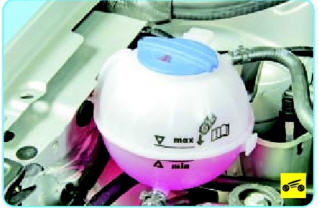
To top up the coolant, unscrew the expansion tank cap by turning it counterclockwise. And add fluid to the required level.
Wrap the plug of the expansion tank, remove the spilled liquid with a clean cloth.
Screw the cap on the expansion tank tightly. A loose plug may leak coolant.
Source: http://www.polosdn.ru/news/proverka_urovnja_i_dolivka_okhlazhdajushhej_zhidkosti/2012-06-12-37
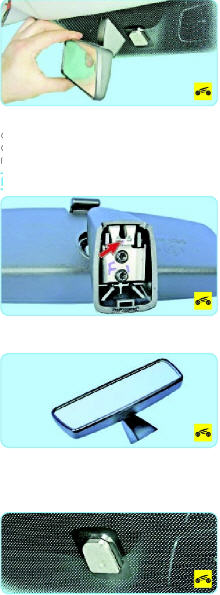
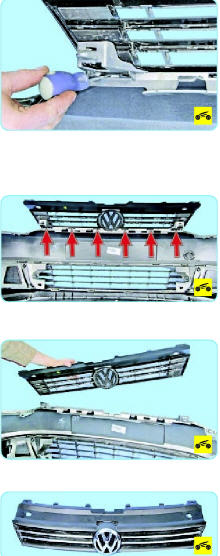
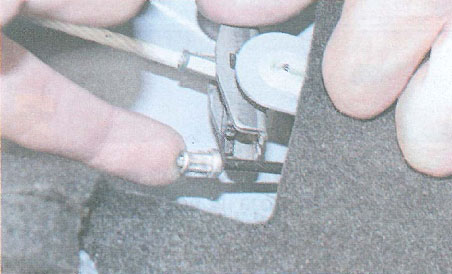
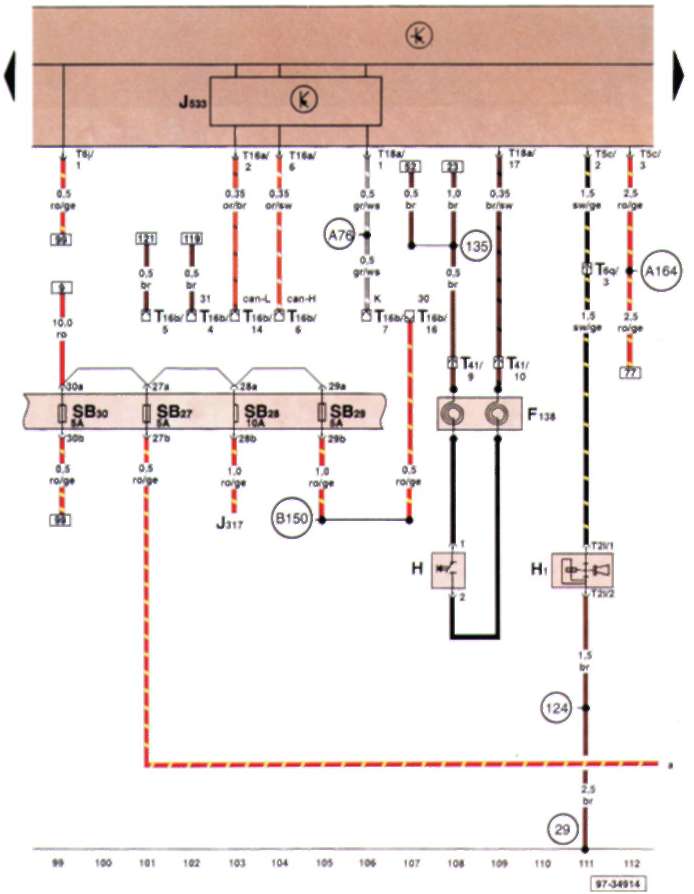

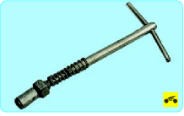
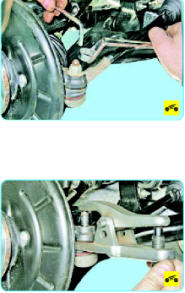
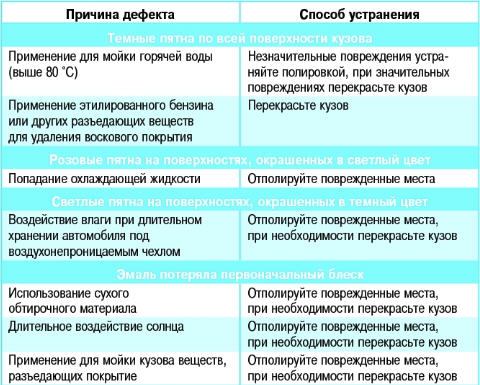
![4 generation [2001 - 2005]](/uploads/Volkswagen_Polo_2005_-_2009_.jpg)
![5 generation [2009 - 2015]](/uploads/Volkswagen_Polo_2009-2015_.jpg)
